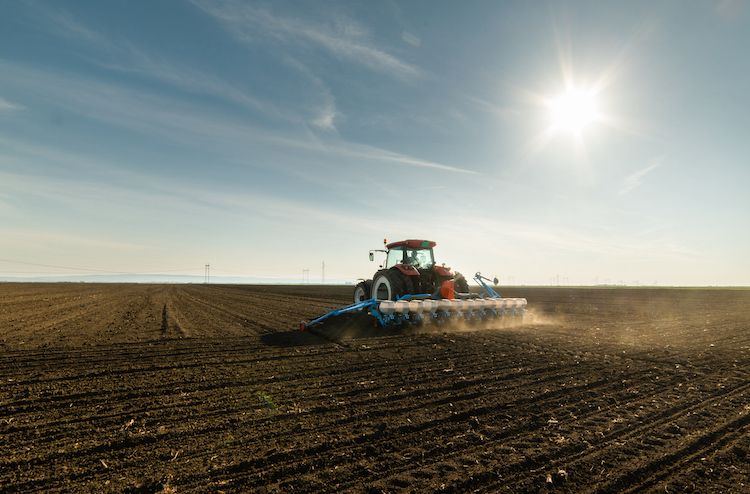
Each region has its own weather pattern and thus, its own cropping schedule. In late February I was talking to a dairyman down in Louisiana who was gearing up for corn planting the next week. From my desk in Wisconsin, planting seemed so far away when there was still snow on the ground and frozen soil underneath!
But things have finally thawed out, and farmers in the Midwest are ready for their turn to get out in the fields to plant corn and soybeans. Very little progress has been made on the cropping side in the Badger State yet, but the next month or so will be busy once the weather warms up and the planters get rolling.
Even though people are itching to get seed in the ground, Michigan State University’s Manni Singh offered some advice and words of caution about planting too early during a Field Crops Virtual Breakfast webinar.
Field conditions should dictate when planting is done. Singh said the most critical factor is optimal soil moisture. Planting at the right moisture is not only important for achieving high yields in the current year, but it also has long term implications.
Singh explained that planting when soil is too wet, known as “mudding the seed in,” can cause less than ideal seed placement and poor seed to soil contact. Running machinery in wet fields also raises the risk for soil compaction. “You want to make sure you are not planting in non-ideal soil moisture conditions,” Singh emphasized.
The target soil moisture depends on the soil texture. Singh said a good rule of thumb is to dig a hole to look at the soil at the planting depth, about 1-1/2 to 2 inches deep. Grab soil from a few different spots and squeeze it in your hand. If it forms into a ball, the soil is too wet.
Soil temperature is another deciding factor. Singh said to wait for the soil temperature to be 45°F to 50°F and rising. At cooler temperatures, seeds can experience imbibitional chilling injury, and the first 24 to 48 hours in the ground is the most critical period. Seeds planted in cold conditions can be subject to germination and emergence problems, leading to an uneven stand.
While early planting has higher yield potential than planting later in the season, there are risks and rewards when planting at the beginning of the season. Rewards include an extended planting and growing season, improving yield and profitability. On the flip side, risks of early planting include imbibitional injury, insect disease pressure, and crusting of the soil.
The bottom line is that growers should check field conditions and weather forecasts and not think too much about the calendar, Singh noted.
“Optimal planting time is critical, but planting in marginal soil conditions can reduce yield more than later plantings,” Singh said. He added that other practices, from variety selection to seed bed preparation, can be adjusted based on time of planting to improve yields and minimize input costs.
The urge to get outside and play in the dirt doesn’t just happen on the farm. People in more northern climates often take advantage of the first warm weekend of the spring to do yard work and maybe even mow the grass. However, winter may not be done with us yet. So, whether you are tending to your yard or planting hundreds of acres, it is wise to pay attention to soil conditions and weather predictions to avoid putting the cart before the horse.

The author is the senior associate editor and covers animal health, dairy housing and equipment, and nutrient management. She grew up on a dairy farm near Plymouth, Wis., and previously served as a University of Wisconsin agricultural extension agent. She received a master’s degree from North Carolina State University and a bachelor’s from the University of Wisconsin-Madison.








